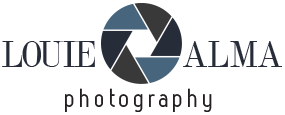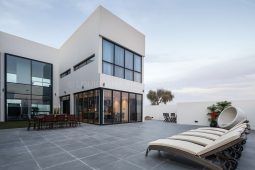Bring Photos to Life by Composing with FLOW (VIDE0)
Have you ever noticed that your best outdoor images feel alive and connected, while others lack impact and you’re not quite sure why? According to Canadian pro Adam Gibbs, the game-changing solution may be as simple as composing with “flow.”
This thoughtful technique involves framing up a scene in a way that naturally guides a viewer’s through an image so they stay engaged and notice every important detail. Gibbs summarizes the concept like this: “When flow is missing, an image can feel static or awkward—no matter how beautiful the subject is.”
Conversely, by using Gibbs’ tips to interject a sense of dynamic flow the eye doesn’t get stuck or wander out of the frame. Instead, it moves with purpose and intent—following the visual relationships between light, shapes, and elements within the scene.
Gibbs begins with a unique mindset that facilitates the composition suggestions that follow: “When out in the field I’m always thinking about how an image feels, not just how it looks. That movement, the way your eye travels around the frame, is what I mean by flow.”
The video then reveals several easy-to-master techniques, illustrated with inspirational images that drive his points home, help you avoid static shots, and give you examples to emulate. One effective way to punctuate a scene is to employ diagonal lines like rivers or roads that have both a clear starting and ending point were the eye begins and then rests.
Gibbs also demonstrates how to boost impact by composing with a sense of layering and depth. Here’s how he describes his mindful approach: “I mean having an element close to the camera, something further back, and maybe an interesting background behind that.” In short, this technique will make complicated scenes appear more structured and far less cluttered.
The lesson proceeds by walking you through several additional compositional tricks for attention-grabbing images that may forever change the way you shoot in the field. Once you’re done watching head over to Adam’s instructional YouTube channel where there’s much more to learn for beginners and experienced shooters like.
And don’t miss our earlier tutorial from another successful photographer who explains how to choose and use a teleconverter on your longest lens to capture tighter photographs of nature and wildlife subjects without cropping.




